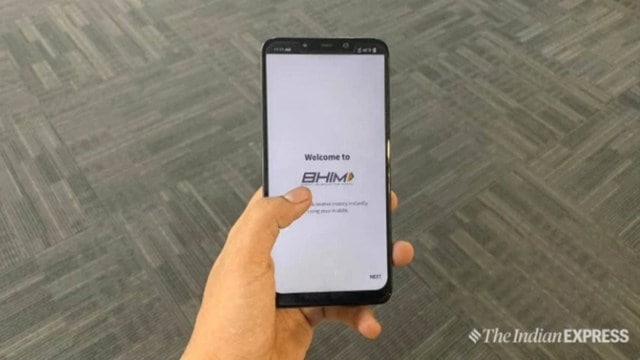UPI Lite wallet limit hiked
UPI Lite functions without utilizing a remitter bank’s core banking systems in real-time, while providing adequate risk mitigation.
 Banks and NBFCs are not permitted to levy foreclosure charges/ pre-payment penalties on any floating rate term loan sanctioned to individual borrowers with or without co-obligants for purposes other than business.
Banks and NBFCs are not permitted to levy foreclosure charges/ pre-payment penalties on any floating rate term loan sanctioned to individual borrowers with or without co-obligants for purposes other than business.
In order to encourage wider adoption of UPI payments, the Reserve Bank of India has decided to increase the UPI Lite wallet limit to Rs 5,000 and per-transaction limit to Rs 1,000 from Rs 2,000 and Rs 500 respectively. UPI Lite functions without utilizing a remitter bank’s core banking systems in real-time, while providing adequate risk mitigation.
Further, the RBI has also decided to enhance the per-transaction limit to Rs 10,000 in the case of UPI123 Pay from Rs 5,000. This facility is now available in 12 languages.
Beneficiary account name look-up facility
The RBI has proposed to introduce a ‘beneficiary account name look-up facility’ to enable remitters in RTGS and NEFT to verify the name of the beneficiary account holder before initiating funds transfer. Remitters can input the account number and the branch IFSC code of the beneficiary, following which the name of the beneficiary will be displayed. This facility will increase customer confidence as it would reduce the possibility of wrong credits and frauds.
Foreclosure charges on micro units’ loans
With a view to safeguard customers’ interest through better transparency and customer centricity by lenders, the RBI decided not to permit levy of foreclosure charges/ pre-payment penalties on loans to micro and small enterprises (MSEs) extended by the regulated entities of the Reserve Bank.
Banks and NBFCs are not permitted to levy foreclosure charges/ pre-payment penalties on any floating rate term loan sanctioned to individual borrowers with or without co-obligants for purposes other than business.
Climate risk repository
The Reserve Bank has proposed to create a data repository namely, the Reserve Bank – Climate Risk Information System (RB-CRIS) comprising of two parts. The first part will be a web-based directory, listing various data sources (meteorological, geospatial etc) which will be publicly accessible in the RBI website. The second part will be a data portal comprising of datasets (processed data in standardised formats). The access to this data portal will be made available only to the regulated entities in a phased manner.



- 01
- 02
- 03




























